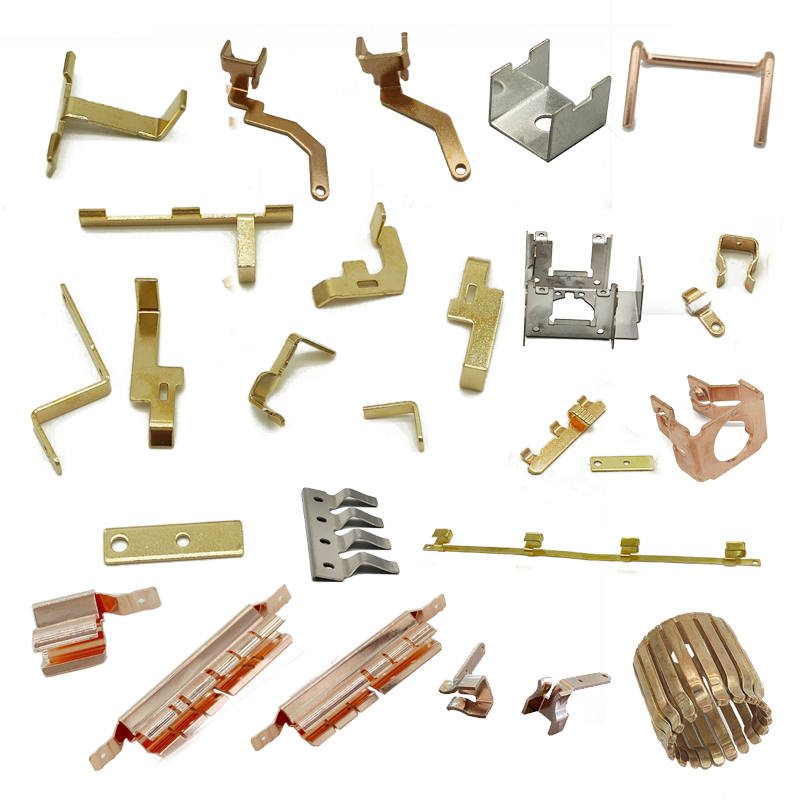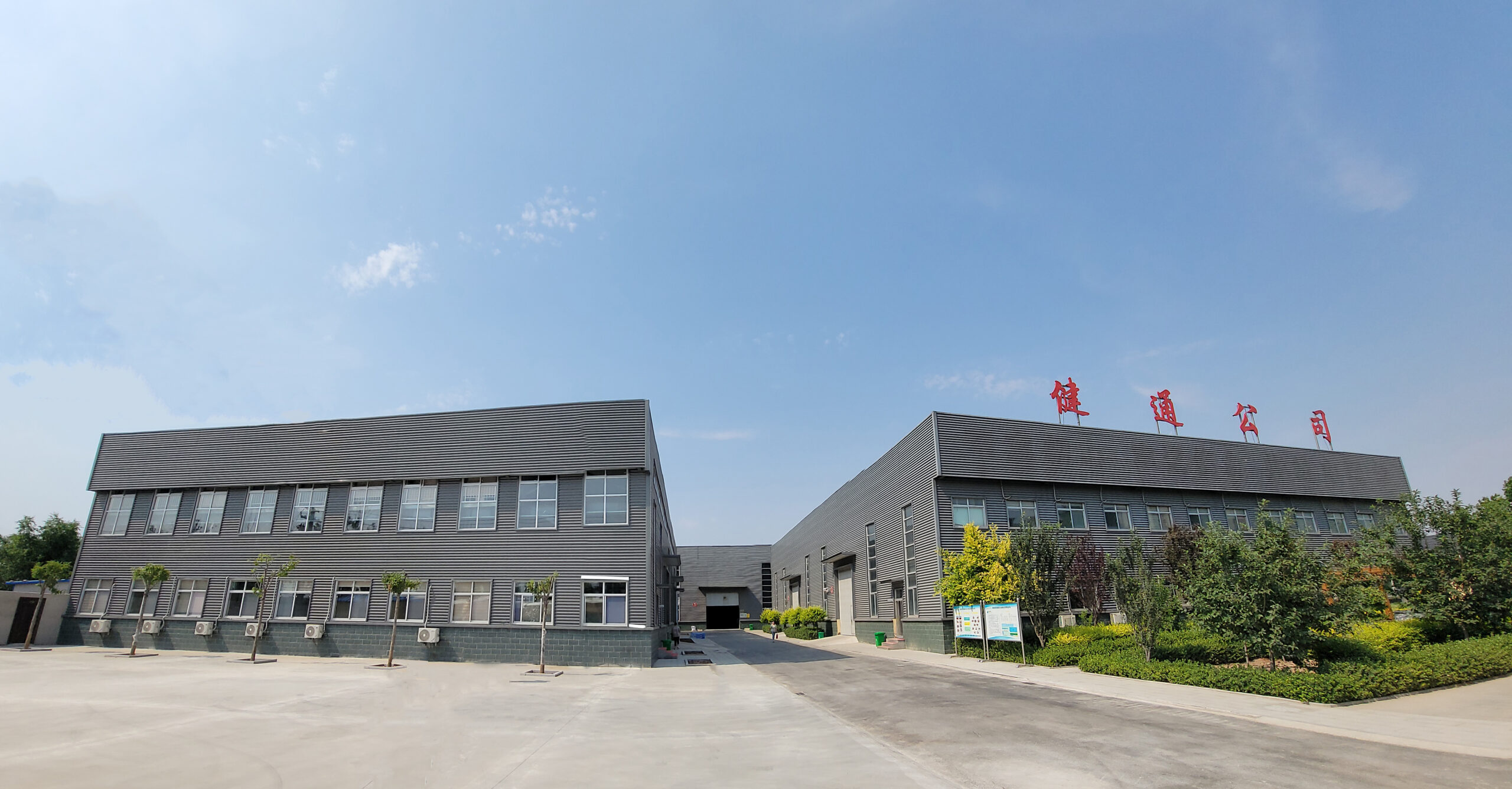CNC machining precautions
CNC machining is an efficient and precise manufacturing process, but the following precautions must be taken during operation to ensure machining quality and safety:
1. Safe Operation
Operators must comply with safety operating procedures and wear appropriate protective equipment. During machining, avoid contact with the rotating spindle, workpiece, or other moving parts to prevent accidental injury.
2. Tool and Workpiece Clamping
Tools and workpieces must be securely clamped to prevent loosening or falling during machining. The datum and clamping method should be selected based on the specific situation, and the correct position on the worktable should be ensured.
3. Processing Sequence Arrangement
A reasonable processing sequence is crucial for ensuring machining quality and improving efficiency. Generally speaking, the principles of facing first, then hole, and roughing first, then finishing should be followed. Reuse of the same tool should be minimized to reduce the number and time of tool changes.
4. Overcut Checking
Overcutting is a common problem in CNC machining. Therefore, the tool path must be carefully checked before machining, using simulations and other methods, to ensure that overcutting does not occur.
5. Mold Tolerance Control
Parts processed by CNC machines require extremely high precision. Dimensions must be strictly controlled to ensure that part accuracy is within the tolerance range.
6. Regular Maintenance and Inspection
Perform regular maintenance and inspection of CNC machines, including lubrication, cleaning, and functional testing, to ensure good machine condition and extend their service life.
7. Program Verification
Before implementing a new program, thorough verification, including graphical simulation and trial runs, must be performed to ensure program accuracy and safety.
8. Process Monitoring
During the machining process, closely monitor cutting and cooling conditions to ensure proper operation of the machine and tool, as well as workpiece quality. If any abnormality is detected, immediately stop the process and conduct an inspection.
In summary, CNC machining requires careful attention to safe operation, tool and workpiece clamping, machining sequence arrangement, overcutting checks, mold tolerance control, regular maintenance and inspection, program verification, and process monitoring. These precautions help ensure machining quality, improve production efficiency, and extend equipment life.




